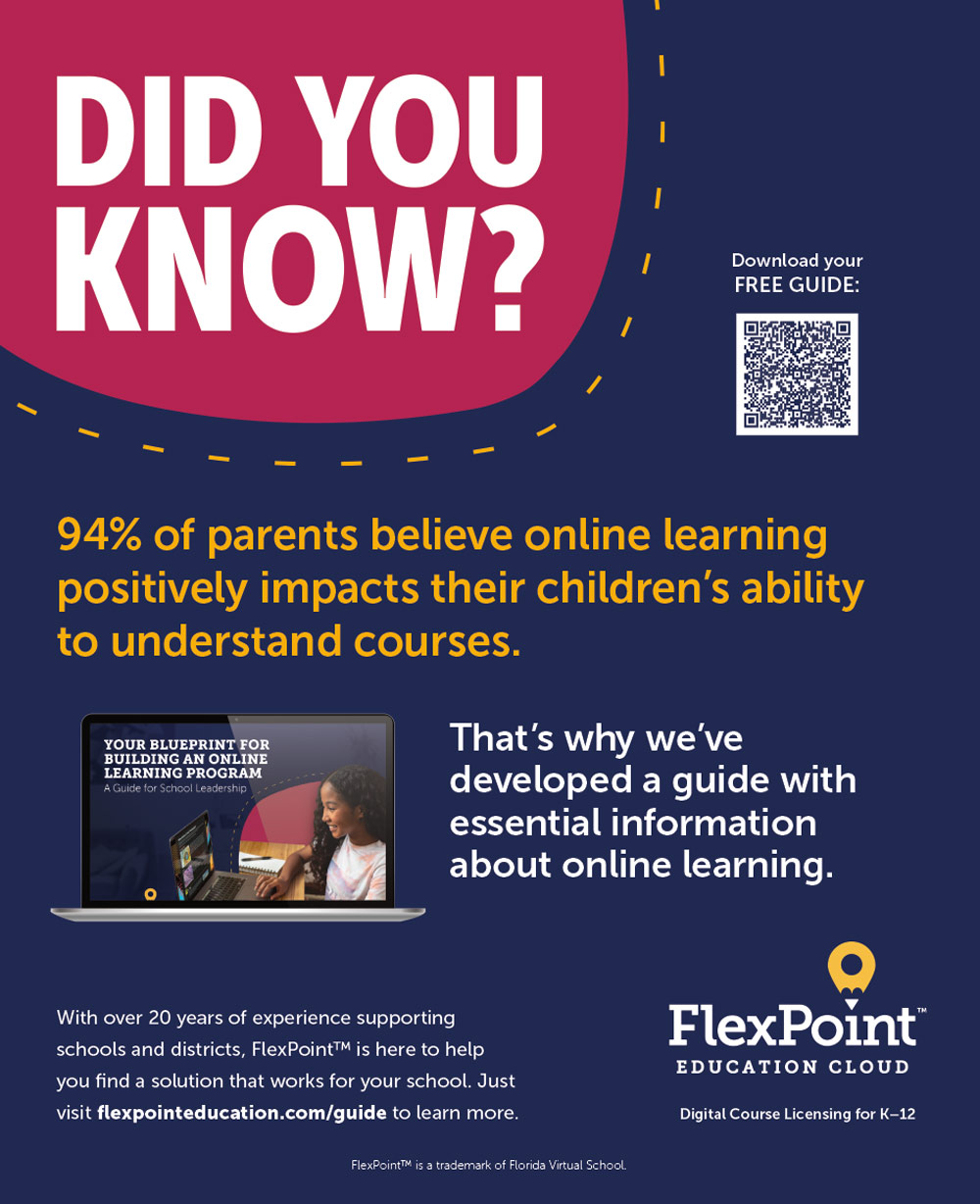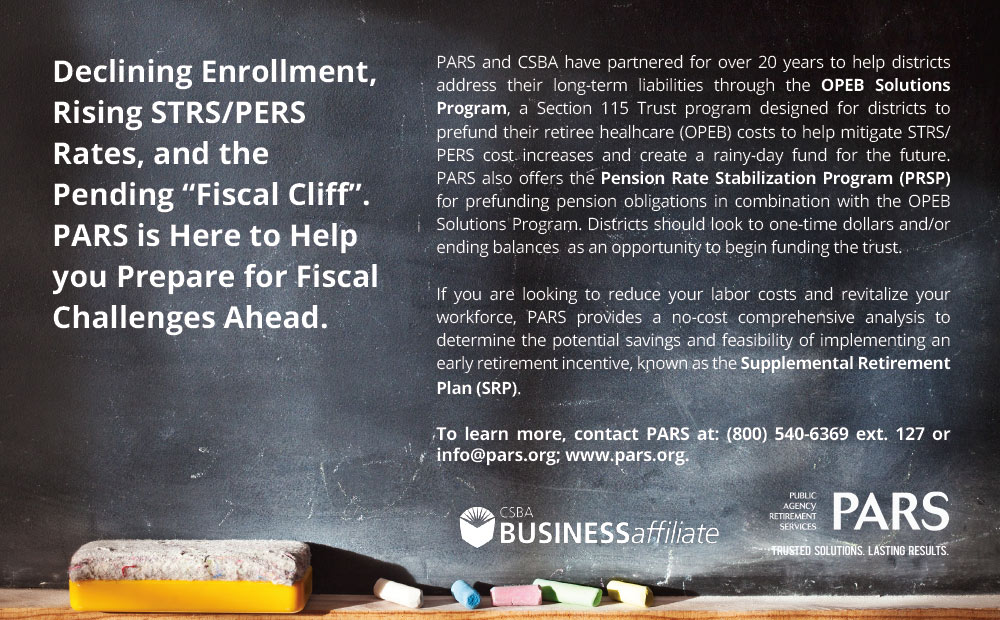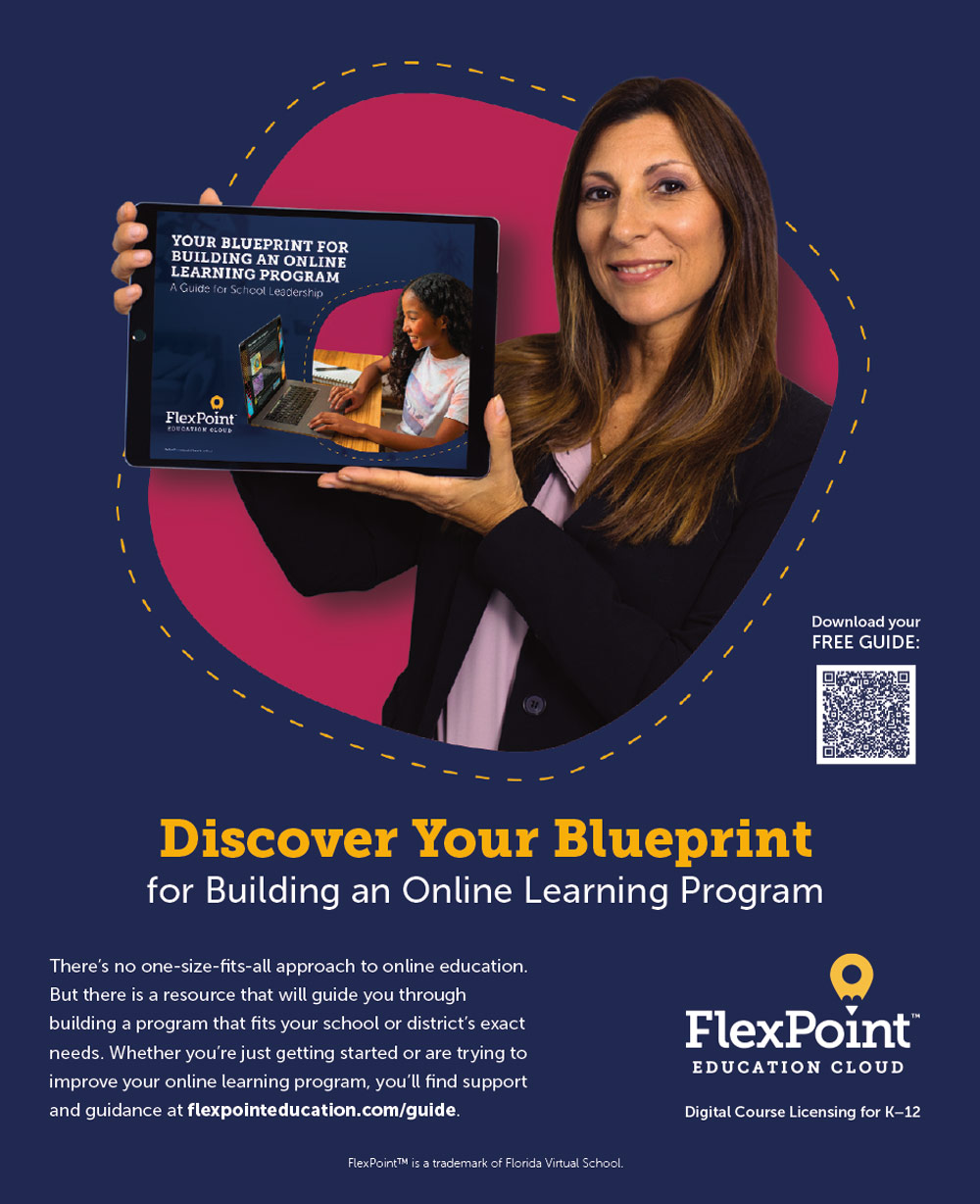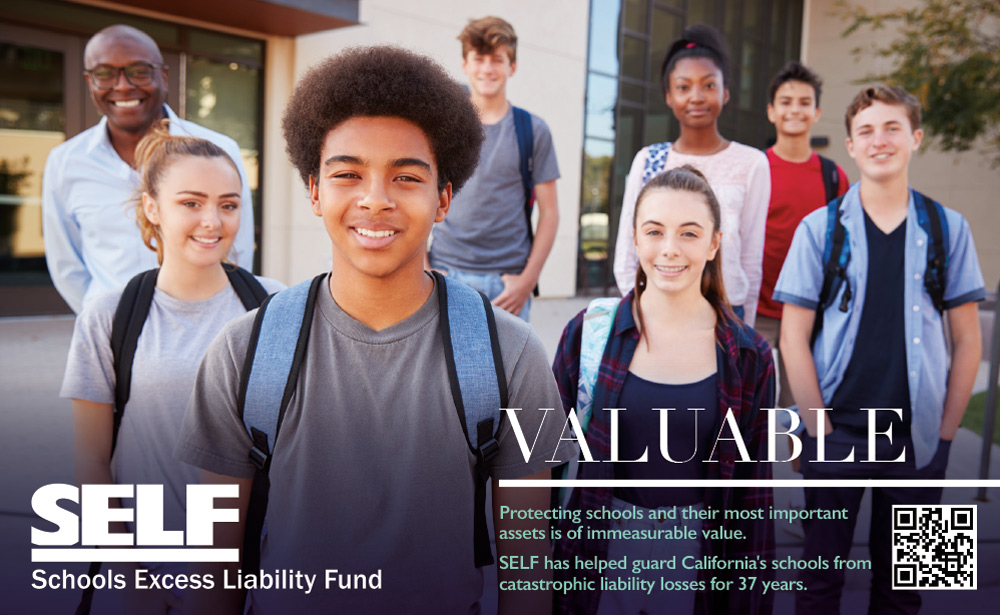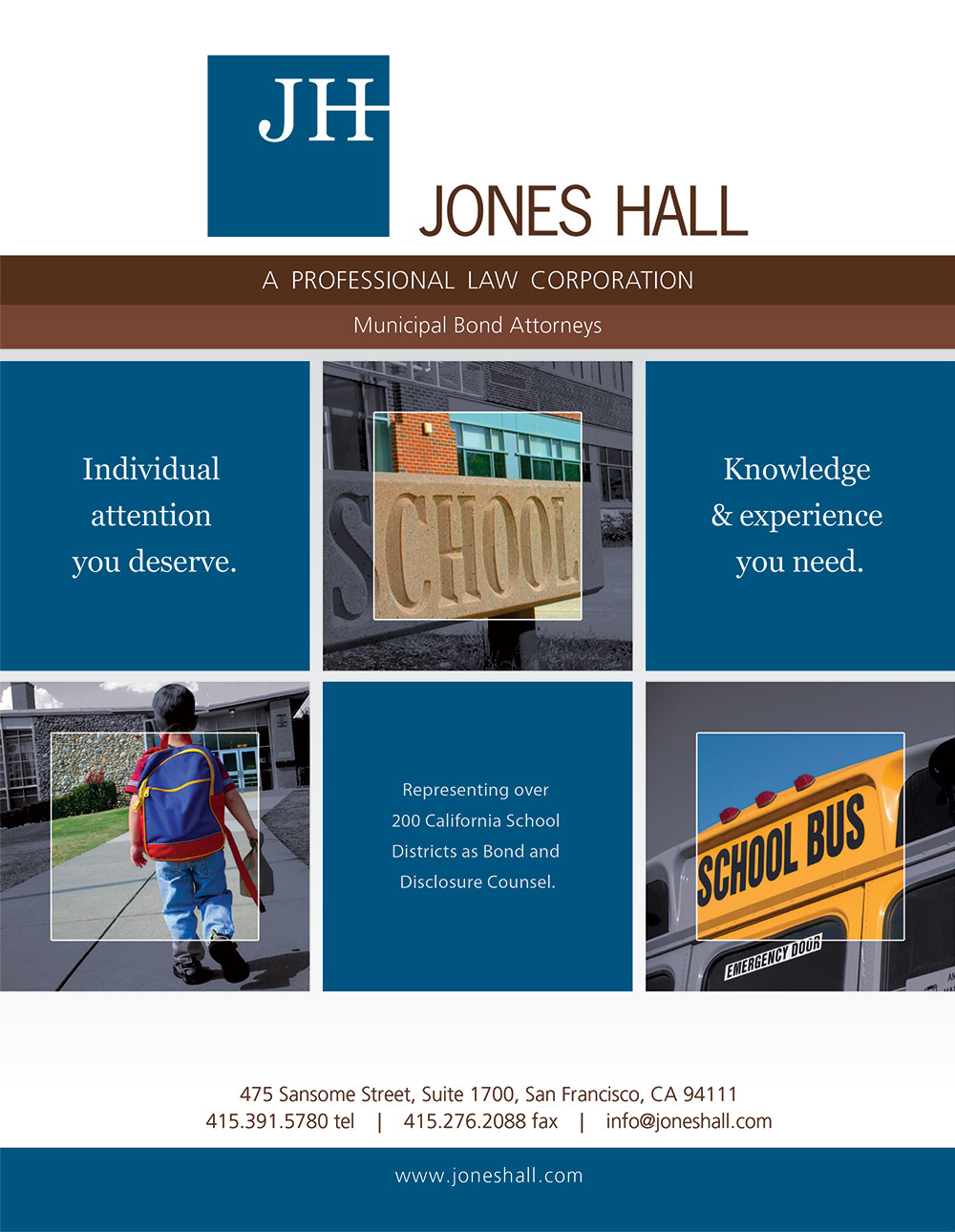


Spring 2023
The California School Boards Association is the essential voice for public education. We inspire our members to be knowledgeable leaders, extraordinary governance practitioners and ardent advocates for all students.
Best practices for preventing and preparing for cyberattacks in K-12 schools
by Heather Kemp
How relationship-building and supports are replacing an outdated punitive approach
by Kimberly Sellery
Education leaders must be partners in addressing opioid overdoses among students
by Alisha Kirby
by Vernon M. Billy
by Dana Scott
Interview with Candi Kern
by Monika Moulin, Angelena Pride and Chuck Weiss
by Aaron Davis
by Tim Fulenwider
Melissa Stafford Jones
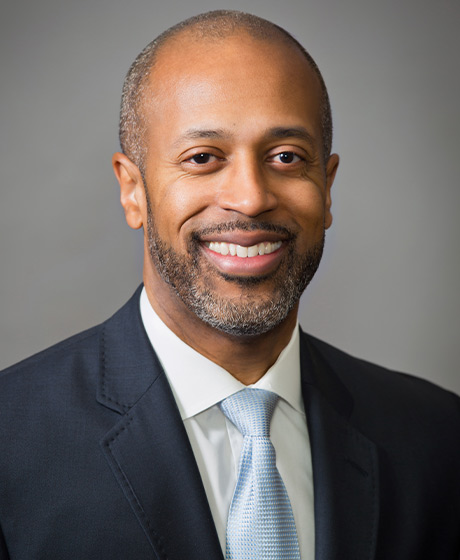
CEO’s note
n the first episode of the legendary television series “Game of Thrones,” Ned Stark, Lord of Winterfell, declares to his wife that, “Winter is coming.” In the world of the show, seasons last for years without anyone knowing when they’ll change. At the time Ned utters his pronouncement, Westeros hasn’t seen winter in more than a decade.
Ten years of summertime has allowed complacency to set in, so the warning of winter’s approach is especially ominous. Yet, unbeknownst to Ned, this particular winter will bring not only cold, but also supernatural forces that threaten the well-being of the kingdom.
Now, what does all this have to do with public schools? Simple. We are the citizens of Westeros in this analogy and while we’re basking in the gentle light of spring, rest assured — winter is coming. The financial cold front bearing down on public education is unlike any we’ve seen in a decade. It may not be obvious to the public, to the Legislature or to school staff. Even some of our newer board members or superintendents may fail to recognize it, but those who have been here before can sense a chill in the air. And if we fail to diligently prepare for the harsh change of seasons, the results will be catastrophic for public schools and the students we serve.

Frank Magarino
Region 1, Del Norte County USD
Sherry Crawford
Region 2, Siskiyou COE
David Gracia
Region 3, Napa Valley USD
Renee Nash
Region 4, Eureka Union SD
Alisa MacAvoy
Region 5, Redwood City ESD
Jackie Wong
Region 6, Washington USD
James Aguilar
Region 7, San Leandro USD
Christopher “Kit” Oase
Region 8, Ripon USD
Roger Snyder
Region 9, Scotts Valley USD
Kathy Spate
Region 10, Caruthers USD
Sabrena Rodriguez
Region 11, Ventura USD
William Farris
Region 12, Sierra Sands USD
Susan Henry
Region 15, Huntington Beach Union HSD
Karen Gray
Region 16, Silver Valley USD
Debra Schade
Region 17, Solano Beach SD
Bruce Dennis
Region 18, Riverside COE
Devon Conley
Region 20, Mountain View Whisman SD
Tanya Ortiz Franklin
Region 21, Los Angeles USD
Nancy Smith
Region 22, Palmdale SD
Helen Hall
Region 23, Walnut Valley USD
Jan Baird
Region 24, South Whittier ESD
Chris Clark
Director-at-Large African American,
Folsom-Cordova USD
Christina Cameron-Otero
Director-at-Large American Indian,
Needles USD
Sylvia Leong
Director-at-Large Asian/Pacific Islander,
Cupertino Union SD
Michael Teasdale
Director-at-Large County, Riverside COE
Joaquín Rivera
Director-at-Large Hispanic, Alameda COE
Gina Cuclis
CCBE President, Sonoma COE
Region 1, Del Norte County USD
Sherry Crawford
Region 2, Siskiyou COE
David Garcia
Region 3, Napa Valley USD
Renee Nash
Region 4, Eureka Union SD
Alisa MacAvoy
Region 5, Redwood City ESD
Jackie Wong
Region 6, Washington USD
James Aguilar
Region 7, San Leandro HSD
Christopher “Kit” Oase
Region 8, Ripon USD
Roger Snyder
Region 9, Scotts Valley USD
Kathy Spate
Region 10, Caruthers USD
Sabrena Rodriguez
Region 11, Ventura USD
William Farris
Region 12, Sierra Sands USD
Susan Henry
Region 15, Huntington Beach Union HSD
Karen Gray
Region 16, Silver Valley USD
Debra Schade
Region 17, Solano Beach SD
Bruce Dennis
Region 18, Riverside COE
Devon Conley
Region 20, Mountain View Whisman SD
Tanya Ortiz Franklin
Region 21, Los Angeles USD
Nancy Smith
Region 22, Palmdale SD
Helen Hall
Region 23, Walnut Valley USD
Jan Baird
Region 24, South Whittier ESD
Chris Clark
Director-at-Large African American
Folsom-Cordova USD
Christina Cameron-Otero
Director-at-Large American Indian
Needles USD
Sylvia Leong
Director-at-Large Asian/Pacific Islander,
Cupertino Union SD
Michael Teasdale
Director-at-Large County, Riverside COE
Joaquín Rivera
Director-at-Large Hispanic, Alameda COE
Gina Cuclis
CCBE President, Sonoma COE
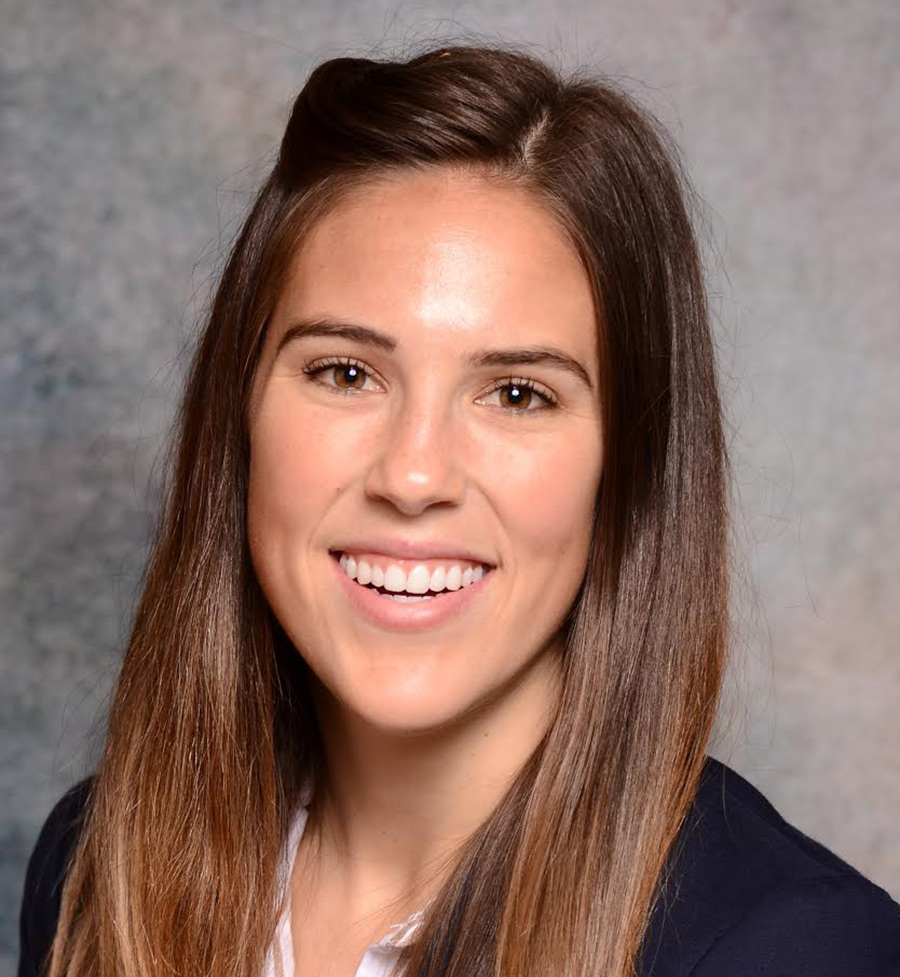
legal insights
Affirmative action and the Supreme Court
ince the 1954 ruling in Brown v. Board of Education (347 US 483), it is well known that segregation is unlawful in schools in the United States. What is not clear, however, is what efforts K-12 schools may pursue in admission processes to create more diverse schools in their districts.
In 2007, the U.S. Supreme Court ruled in Parents Involved in Community Schools v. Seattle School District No. 1 (551 US 701) that because the district’s high school admission program was targeted at reaching demogiraphic goals rather than educational benefits, it was unconstitutional. This ruling did not make all race-conscious admissions programs in K-12 schools illegal, but it did create uncertainty as to what is permitted when districts want to consider race in admission processes in K-12 schools. The Court has not issued any other opinions that provide additional guidance on the topic of K-12 diversity programs.
Although the Court’s decisions on affirmative action methods at the university level do not apply directly to the K-12 context, they do offer insight on the Court’s general stance on the consideration of race in education admissions. The newest precedent on the topic may come from two cases brought by Students for Fair Admissions (SFFA), a nonprofit membership organization arguing before the Supreme Court last November that any consideration of race in college admission processes, including affirmative action, is unlawful. The outcome of these cases will likely impact K-12 education by providing further insight about any consideration of race in admission practices. The cases will also impact the options students see for themselves in their education and career paths, and consequently, the classes and activities they may decide to pursue.

Chief Information Officer
Troy Flint, tflint@csba.org
Editorial Director
Kimberly Sellery, ksellery@csba.org
Marketing Director
Andy Rolleri, arolleri@csba.org
Staff Writers
Heather Kemp, hkemp@csba.org
Alisha Kirby, akirby@csba.org
Director of Graphic Design and Branding
Kerry Macklin, kmacklin@csba.org
Senior Graphic Designer
Amanda Moen, amoen@csba.org
Circulation and Advertising
csba@csba.org
Susan Markarian, Pacific Union ESD
President-elect
Albert Gonzalez, Santa Clara USD
Vice President
Dr. Bettye Lusk, Monterey Peninsula USD
Immediate Past President
Dr. Susan Heredia, Natomas USD
CEO & Executive Director
Vernon M. Billy
Articles submitted to California Schools are edited for style, content and space prior to publication. Views expressed are those of the authors and do not necessarily represent CSBA policies or positions. Articles may not be reproduced without written permission of the publisher. Endorsement by CSBA of products and services advertised in California Schools is not implied or expressed.

class act Best practices in action
Best practices in action

class act
Best practices in action

Victor Valley Union High School District team supports parents and students
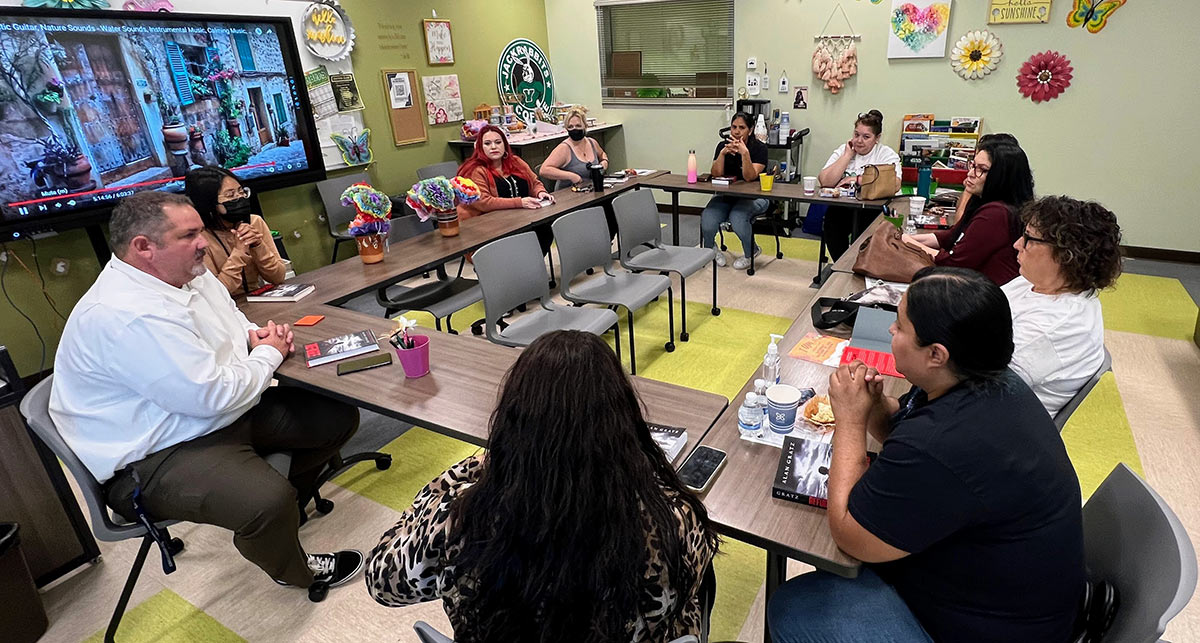
Increasing enrollment, attendance and graduation rates, and a falling dropout rate are some of the positive changes that Victor Valley Union High School District credits in part to its Family Engagement Program.
“The parent or guardian is a child’s first teacher, so you have to make an effort to reach out to them in multiple ways,” said Kris Reilly, the San Bernardino County district’s public engagement information manager.
The Golden Bell Award-winning program, which kicked off in 2016, is a data-driven approach to improving student outcomes. Research shows “that family engagement in schools contributes to improved student achievement, decreased disciplinary issues, improved parent–teacher and teacher–student relationships, and improves school environments,” according to Reilly.

I was appointed to the Cypress School District Board of Education in June 2012, and was subsequently elected that November. I am a former bilingual educator, and I have always had a passion for meeting the individual needs of each student. When my own children started school, I immediately wanted to be of service on their campus. I started as a classroom volunteer and PTA leader. When a vacancy came up on the school board, it seemed like the logical next step to bring my experiences and passion for education to a larger group with even broader influence.
What is one major concern you hope to address as a board member?
The pandemic and its resulting responses had the unintended consequence of fracturing human connections. Being distant from one another precluded the interactions that are necessary to build relationships and trust. Rebuilding those connections among all stakeholders — staff, parents, community members — is vital to make any meaningful progress toward the many challenges we face.
What advice do you have for new and aspiring board members?
Enter this noble duty with humility. The work is daunting and cannot, nor should not, be done alone. Approach your role with integrity and assume best intentions from those around you. Avoid being ideological and seek to achieve compromise with those who see things differently than you do. The job is a hard one, but it is without question among the most rewarding work one can do.
I appreciate the opportunity to be a voice for smaller-sized elementary school districts whose challenges are different. Comparatively, our resources are more limited than those of big districts, but our student needs are equally important. Smaller districts are required to meet the same state requirements with fewer people to get the work done. Advocating for the needs of all school districts is important because it’s advocating for the needs of all students.
You recently received the Orange County School Boards Association’s Marian Bergeson Award. How did it feel to be recognized for your dedication to promoting and enhancing public education?
To be recognized by my colleagues with this prestigious award was an unparalleled honor. We certainly do not do this important work for the recognition. Many of the prior Marian Bergeson honorees are role models of mine, and I am humbled to be in their company. The trustees in Orange County are top notch and I am grateful to be part of such a wonderful group dedicated to the students of our county.
How do you feel your work as a member of CSBA’s Delegate Assembly benefits board members across the state?
The role of the Delegate Assembly is vital. It serves as a necessary connection between CSBA leadership and the “boots on the ground” work happening in each of our districts. Our Delegate Assembly meetings provide an invaluable opportunity to network with others and to help provide input to CSBA leaders in directing the actions of our organization. Collectively, we represent over 1,000 school districts. When we work in concert with one another through CSBA, we can affect real change that benefits nearly 6 million students in our state.
Would you like to participate in an upcoming Member Profile? Contact us at editor@csba.org.


I was appointed to the Cypress School District Board of Education in June 2012, and was subsequently elected that November. I am a former bilingual educator, and I have always had a passion for meeting the individual needs of each student. When my own children started school, I immediately wanted to be of service on their campus. I started as a classroom volunteer and PTA leader. When a vacancy came up on the school board, it seemed like the logical next step to bring my experiences and passion for education to a larger group with even broader influence.
What is one major concern you hope to address as a board member?
The pandemic and its resulting responses had the unintended consequence of fracturing human connections. Being distant from one another precluded the interactions that are necessary to build relationships and trust. Rebuilding those connections among all stakeholders — staff, parents, community members — is vital to make any meaningful progress toward the many challenges we face.
What advice do you have for new and aspiring board members?
Enter this noble duty with humility. The work is daunting and cannot, nor should not, be done alone. Approach your role with integrity and assume best intentions from those around you. Avoid being ideological and seek to achieve compromise with those who see things differently than you do. The job is a hard one, but it is without question among the most rewarding work one can do.
What perspective do you try to bring to your work as a member of CSBA’s Delegate Assembly?
I appreciate the opportunity to be a voice for smaller-sized elementary school districts whose challenges are different. Comparatively, our resources are more limited than those of big districts, but our student needs are equally important. Smaller districts are required to meet the same state requirements with fewer people to get the work done. Advocating for the needs of all school districts is important because it’s advocating for the needs of all students.
You recently received the Orange County School Boards Association’s Marian Bergeson Award. How did it feel to be recognized for your dedication to promoting and enhancing public education?
To be recognized by my colleagues with this prestigious award was an unparalleled honor. We certainly do not do this important work for the recognition. Many of the prior Marian Bergeson honorees are role models of mine, and I am humbled to be in their company. The trustees in Orange County are top notch and I am grateful to be part of such a wonderful group dedicated to the students of our county.
How do you feel your work as a member of CSBA’s Delegate Assembly benefits board members across the state?
The role of the Delegate Assembly is vital. It serves as a necessary connection between CSBA leadership and the “boots on the ground” work happening in each of our districts. Our Delegate Assembly meetings provide an invaluable opportunity to network with others and to help provide input to CSBA leaders in directing the actions of our organization. Collectively, we represent over 1,000 school districts. When we work in concert with one another through CSBA, we can affect real change that benefits nearly 6 million students in our state.
Would you like to participate in an upcoming Member Profile? Contact us at editor@csba.org.
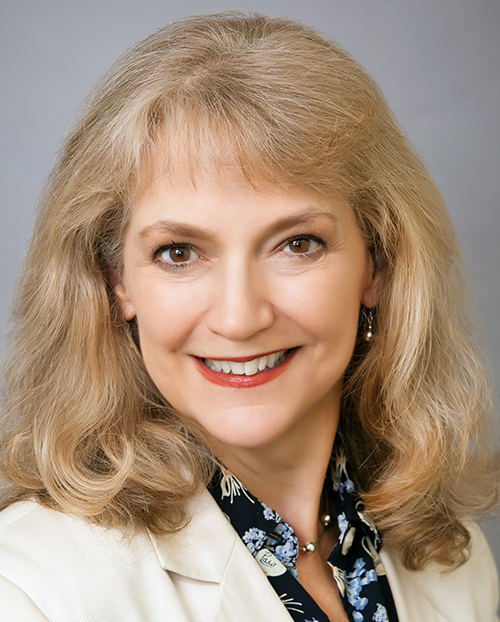
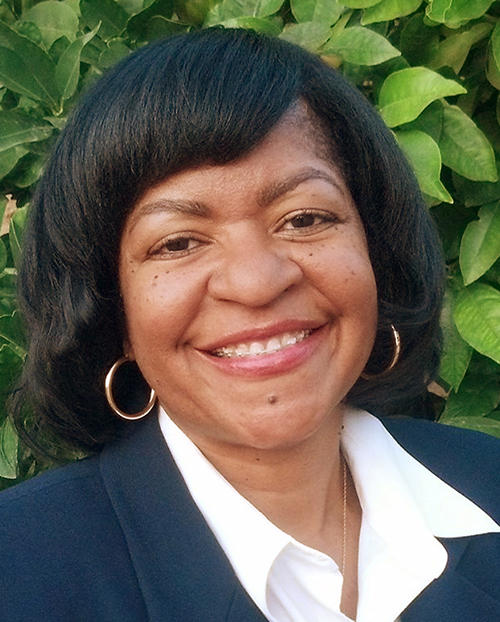
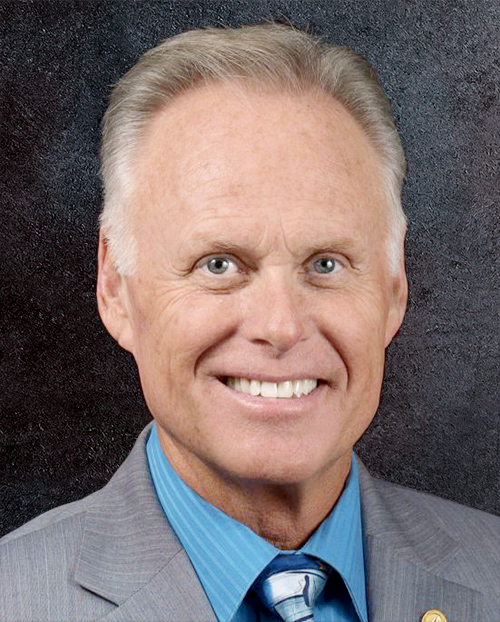
Boardwise is a forum for board members and superintendents across the state to share questions about governance and board–superintendent relations. Send your questions to boardwise@csba.org. Have governance team questions that require personal attention? Reach out to CSBA for a customized Governance Consulting Workshop with our experts at gcs@csba.org.
Roles and responsibilities of board officers
Dear Boardwise: What falls under the roles and responsibilities of each board officer?
Monika: Whether you serve in a small rural district in a remote region or a larger system in one of California’s metropolitan areas, each of the state’s 1,000 school district and county office of education (COE) boards is responsible for selecting officers from its membership to ensure sound leadership and smooth functioning of each local educational agency’s governance team.
Chief among those officers is the board president. While education code sets out their primary duties, it is common practice to further codify the responsibilities of the board president by specifying them in board policy. Through the common practice of putting district policies online for members of the school community and the general public to access, reviewing the board president’s duties becomes a simple matter of checking the district website.
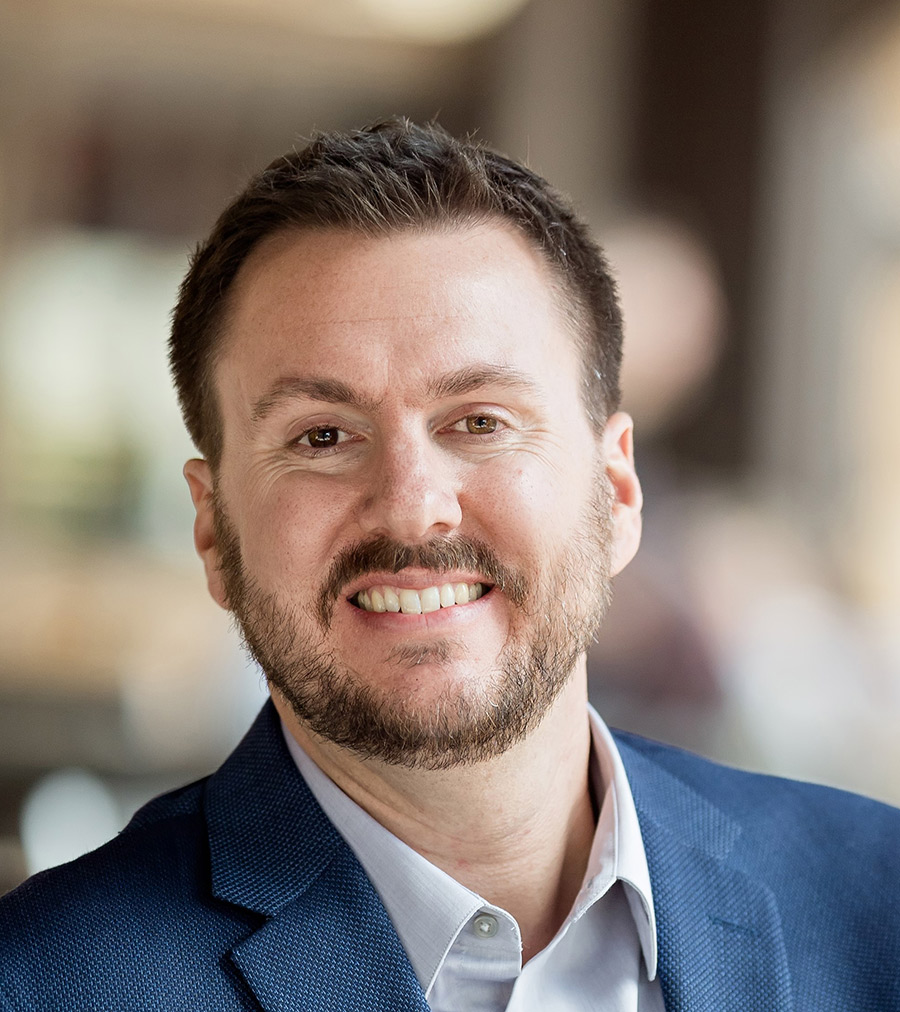
csba at issue
vital part of effective governance is knowing and understanding the people that you serve: your students.

As such, governing boards of education have important questions to consider: Do we have the pulse of our student body? Do students have a direct and open way to communicate their wants and needs to the board, and does that input directly inform our decision-making process? Are the needs of students dutifully reflected and addressed in our educational programs? Board members can make educated guesses about the answers to these questions and whether they are genuinely meeting students’ needs — but we don’t really know unless we ask students, and listen to their responses when we do.
Answering these questions is markedly easier with a student board member on your governance team, and the answers are more authentic.
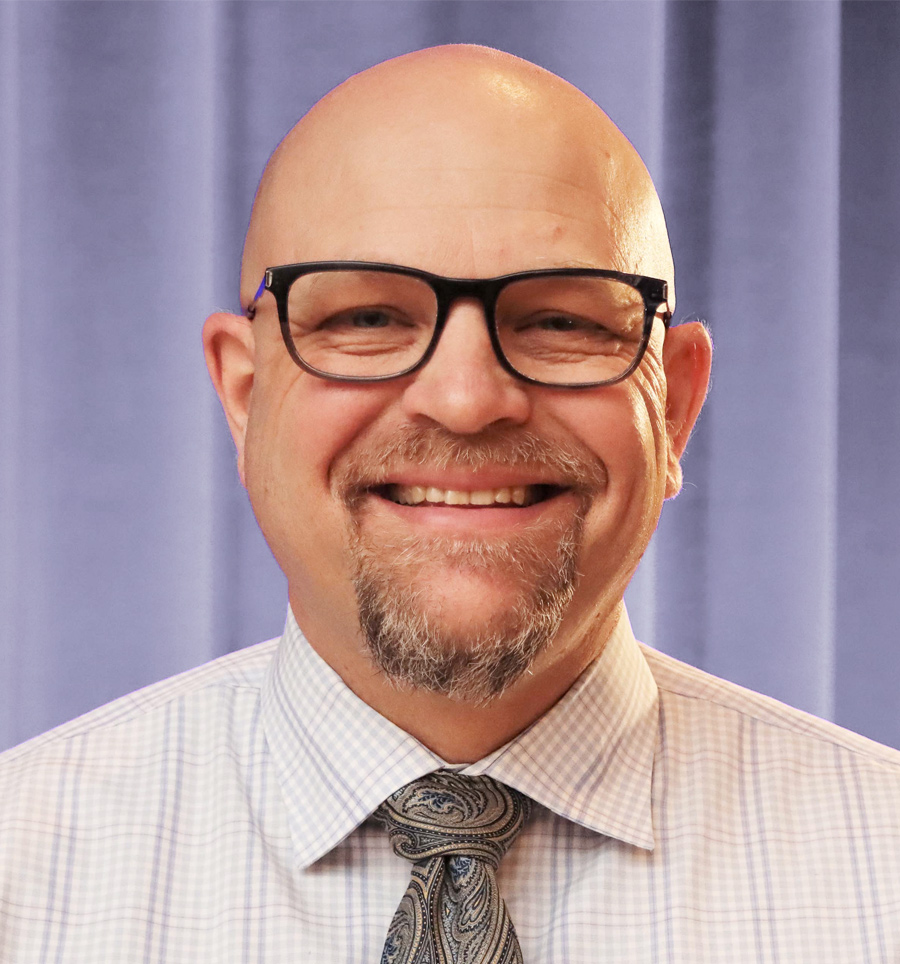
from the field
n the wake of the COVID-19 pandemic, providing social-emotional support for students sits atop the minds of many school board members. For many communities, the increased exposure to trauma, social isolation and learning format changes have brought forth frustration, a sense of hopelessness and increasing mental health concerns.
The focus now centers on efforts to help students move away from maladaptive coping strategies due to an unhealthy diet of social media and a sense of being academically behind.
While districts across the state have received additional funding resources to provide counseling and other services, the action of hiring mental health support staff alone will not effectively address student mental health. When analyzing the social-emotional challenges facing us today, an important truth emerges — addressing this crisis requires a more thoughtful approach across all tiers of support.


he session, moderated by CSBA CEO & Executive Director Vernon M. Billy, featured Koellish and Los Angeles USD Superintendent Alberto Carvalho recounting attacks on their respective districts in 2022.
In both cases, the “when” was on long holiday weekends — a time criminals likely assume no one is monitoring a local educational agency’s systems.

How relationship-building and supports are replacing an outdated punitive approach
By Kimberly Sellery
andemic-related challenges, quarantines and trauma, ongoing illnesses, disconnection from schools and routine — these are the major causes identified by education leaders and experts for an incredibly high number of student absences across the country in the 2021–22 school year — a challenge that has continued into 2022–23.
In October 2022, Attendance Works Director Hedy Chang predicted a doubling in chronic absence in California and around the nation compared to pre-pandemic years — a significant underestimation. Recent data from the California School Dashboard showed chronic absenteeism increased statewide from 10.1 percent in the 2019–20 school year to 30 percent in 2021–22.
Education leaders must be partners in addressing opioid overdoses among students
By Alisha Kirby
Linus Blom
of Los Gatos wanted to compete for the national wrestling team in his native Finland. A strong student who nonetheless succumbed to the intense pressure to succeed academically, he began taking pills he found online. In 2020, Blom — then 17 years old — laid down to take a nap and never woke up.
Alexander Neville,
on the other hand, had self-medicated with pot before taking OxyContin pills he bought on Snapchat. The 14-year-old asked his parents for help in the family kitchen in Aliso Viejo in 2020, where they committed to getting him into a treatment plan. While waiting to hear back from rehab facilities, Neville was discovered in his bed by his mother the following morning, skin blue and unresponsive.
a 17-year-old Eagle Scout, soccer player and the star of his school musical — celebrated Christmas with his family two days prior to being found seemingly asleep at the desk in his room by his father in 2020. The Didiers have since become drug-awareness advocates in their hometown of Rocklin.

Education leaders must be partners in addressing opioid overdoses among students
By Alisha Kirby
of Los Gatos wanted to compete for the national wrestling team in his native Finland. A strong student who nonetheless succumbed to the intense pressure to succeed academically, he began taking pills he found online. In 2020, Blom — then 17 years old — laid down to take a nap and never woke up.
Alexander Neville,
on the other hand, had self-medicated with pot before taking OxyContin pills he bought on Snapchat. The 14-year-old asked his parents for help in the family kitchen in Aliso Viejo in 2020, where they committed to getting him into a treatment plan. While waiting to hear back from rehab facilities, Neville was discovered in his bed by his mother the following morning, skin blue and unresponsive.
a 17-year-old Eagle Scout, soccer player and the star of his school musical — celebrated Christmas with his family two days prior to being found seemingly asleep at the desk in his room by his father in 2020. The Didiers have since become drug-awareness advocates in their hometown of Rocklin.


Education leaders must be partners in addressing opioid overdoses among students
By Alisha Kirby
of Los Gatos wanted to compete for the national wrestling team in his native Finland. A strong student who nonetheless succumbed to the intense pressure to succeed academically, he began taking pills he found online. In 2020, Blom — then 17 years old — laid down to take a nap and never woke up.
Alexander Neville,
on the other hand, had self-medicated with pot before taking OxyContin pills he bought on Snapchat. The 14-year-old asked his parents for help in the family kitchen in Aliso Viejo in 2020, where they committed to getting him into a treatment plan. While waiting to hear back from rehab facilities, Neville was discovered in his bed by his mother the following morning, skin blue and unresponsive.
a 17-year-old Eagle Scout, soccer player and the star of his school musical — celebrated Christmas with his family two days prior to being found seemingly asleep at the desk in his room by his father in 2020. The Didiers have since become drug-awareness advocates in their hometown of Rocklin.

ne thing these children had in common is that each took a pill thinking it was a Percocet, OxyContin, Adderall or other prescription drug that turned out to be a counterfeit laced with or entirely comprised of fentanyl. A powerful synthetic opioid developed as a pain treatment for cancer, fentanyl is 50 times more potent than heroin and 100 times more potent than morphine.
Advertorial
When the pandemic forced schools and districts to close their doors, teachers, students, and parents were forced to adopt online options. They struggled to adjust to the long virtual days and navigate learning from home. But this wasn’t true online learning.
What most students experienced during the pandemic was emergency remote learning, a temporary and quick solution to keep students learning, with students being taught synchronously on video calls from 8am-3pm with little to no breaks. In actuality, true online learning supports students and empowers educators with evidence-based approaches, professional development for instructors, courses specifically designed for the online environment, and flexibility for students to communicate one-on- one with teachers.
In fact, 81% of parents believe online learning helps their children prepare for the future and 85% of teachers believe that teaching online increases their ability to help students succeed, confirming what we know to be true: When done right, students can thrive in the online learning environment.
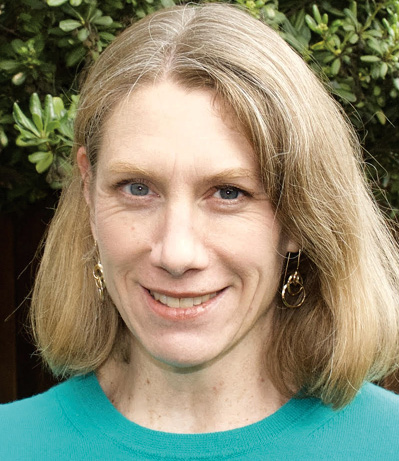

The main goal of the Children and Youth Behavioral Health Initiative (CYBHI) is to reimagine and transform how California supports children, youth and families. We want to create an equity-focused system in which young people can find support for mental health, wellness and substance use needs, where, when and in the way they need it most.
The initiative aims to break down the silos that exist across systems to build an ecosystem that supports our kids’ well-being, their ability to learn and thrive. That requires a more coordinated, more youth-centered system that is addressing inequities exacerbated by the pandemic. We know that all kids have been affected by the mental health crisis, and some groups are disproportionately impacted, like our BIPOC [Black, Indigenous and people of color] youth, our LGBTQ+ youth, our youth in foster care, our kids from underserved communities.

